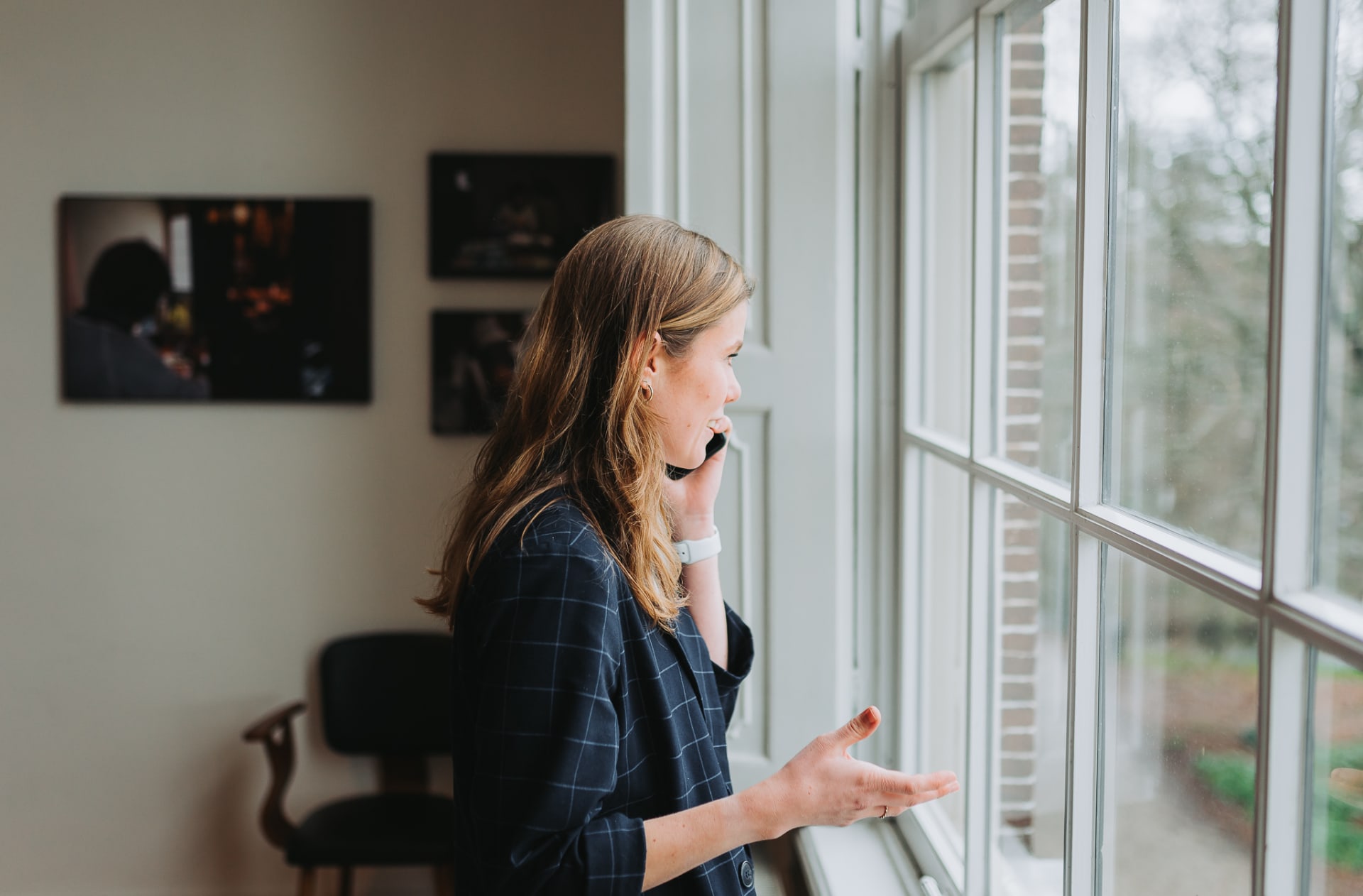

This practice case will help you understand what to expect from a case interview. There are many different types of case interviews, but this case gives you a good indication of the general elements you are likely to encounter.
There are a few aspects that need to be considered in advance:
• There is no right or wrong answer.
• The goal for us is to see how you arrive at an answer, not the answer itself.
• This is an on-paper example which allows you to practice the content of a case, but doesn’t allow to experience the interaction with the interviewer. During an interview you will always be able to ask questions.
• In a case interview, you have about 30 minutes to arrive at an answer.

Let's get started!
Chlorine filtered water system
Nowadays, safe drinking water is not available for a large part of the world population. This is very problematic, since polluted water can lead to a wide range of diseases or even death. Our client, The Dutch Clean Water Foundation, is a non-profit organisation that helps providing safe drinking water to third world countries.
One year ago the Dutch Clean Water Foundation received several donations. The funds were provided with the objective to develop the Chlorine Filtered Water System (CFWS) and in addition implement, distribute, and grow the solution.
Over the last year the organization has been successful at developing, implementing, an distributing the CFWS. The system is already used in three refugee camps. Gupta Strategists was asked by the Dutch Clean Water Foundation to evaluate the (public) return on investment of the CFWS project. This will be used as input for the decision on a potential extension of the donations.
Main question: what is the (public) return on investment of the CFWS project for The Dutch Clean Water Foundation?

Good to know
Step 1. Provide a clear set up for how you will tackle the main question.
Tips:
• Take some time to think about the problem and organize your thoughts. Potentially write the important aspects down on a piece of paper.
• In the real case interview, ask questions to clarify the aspects which are unclear.
• Summarize the important aspects provided in the introduction and try to structure the given information.
Step 2. Think of the most important risks that can occur during the CFWS project.

Additional information
In 2020, 500,000 people died because of diseases caused by polluted drinking water from a total of about 1 billion episodes (cases of disease).
So far, The Dutch Clean Water Foundation has received a grant of 172,000 EUR (100,000 EUR in 2021 and 72,000 EUR in 2022). The remainder of this grant (24,000 EUR) will be received after the project is finished. In addition, the foundation uses 44,000 EUR of their own funds, and third parties donate in total 60,000 EUR for the project.
The project will take place in Tanzania, Bangladesh and Nigeria. They have currently a life expectancy at birth of 62.2, 62 and 63 years respectively. The project targets a total of 10 million people.
At this moment the mean age of death from diseases caused by polluted drinking water is estimated to be 2.5 years old. Drinking polluted water can result in several different diseases, however on average, an episode of the diseases has a duration of about 2 weeks. The average amount of episodes of these diseases for people in these countries is 1.05 episodes per year.
This project is successful in reducing 30% of the episodes caused by drinking unsafe water.

Step 3. The goal of the project is to reduce the number of episodes of diseases caused by drinking polluted water. How many episodes will be prevented in total in one full year?
Tips:
• First answer for yourself what it is you exactly want to calculate and how you will get to this answer before you start working with any numbers.
• Do not forget to share your thoughts with the interviewer such that the interviewer can follow all your steps.
• Do not immediately give the final answer but share the intermediate steps as well.

Additional information
A commonly used unit in medicine is the disability-adjusted life year (DALY). This unit measures the overall disease burden, expressed as the number of years lost due to sickness, disability or early death. The DALY is a combination of the years of life lost (YLL) and years of healthy life lost (YLD), of which the latter includes years of life that are spent in illness and years accompanied with disabilities. There is a factor that weights the YLD's: the disability weight factor. This reflects on the percentage of quality of life that decreases during the episode due to the disease. The disability weight factor for this type of diseases is 0,2.

Step 4. The impact or benefits of the CWFS project can be expressed in the number of disability adjusted life years that were prevented. What is the decrease in DALYs over the past year?
Step 5. The investors would like to know what the public return on investment is, make an approximation for them. Furthermore, argue whether the project is worth the investment, and if so, think of ways by which The Dutch Clean Water Foundation can expand the target population of the project.
Step 6. Come up with a general recap and advice to present to the board of the Dutch Clean Water Foundation.
Tip: start with presenting your final conclusions. The board is probably most interested in the outcome of the project. Additionally, explain the findings and calculations that are used to arrive at your conclusion.

